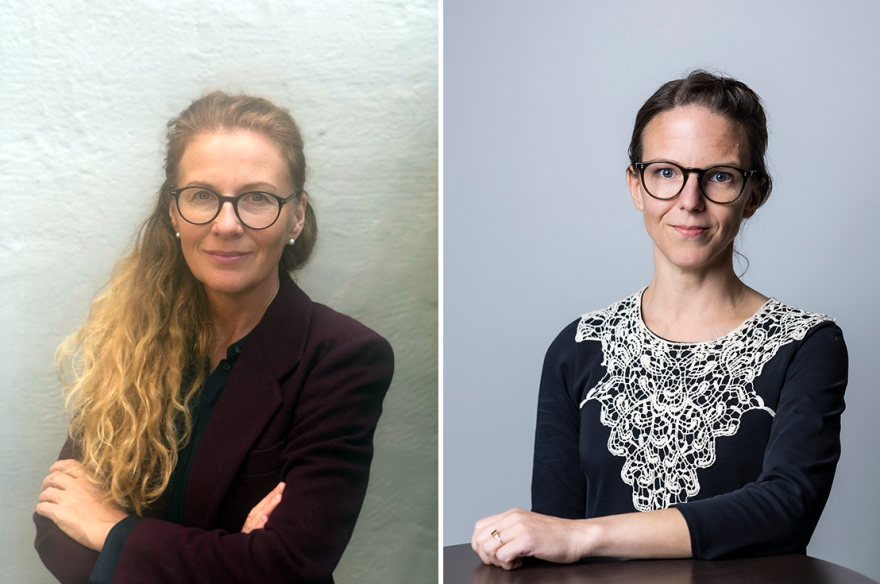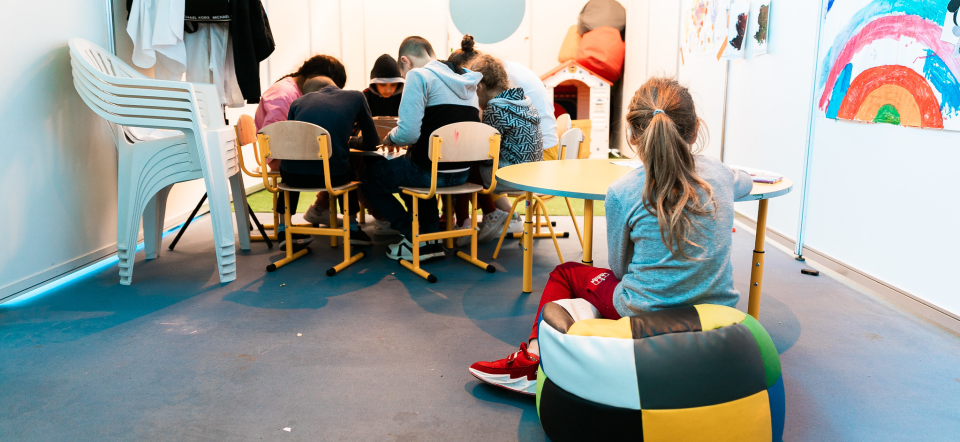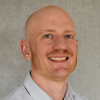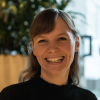As a consequence of the Russian invasion, the school systems in Sweden and Finland have been forced to quickly adapt to the needs of newly arrived refugee students. And the transition has not been without challenges.
Mervi Kaukko from Tampere University and Anna Lund from Stockholm University are two of the researchers in the NordForsk-funded INFLUX project. The researchers studied how Ukrainian refugees and migrants are received, settled, and integrated in the Nordic and Baltic countries. Based on case studies, the researchers have in one part of the project had a special focus on how schools in Finland and Sweden have handled the situation.
They two researchers explain that the Ukrainian refugees differ from other refugee groups as in Sweden, the students arrived from a school landscape that had not yet been fragmented by armed violence, and the Swedish data show that the students arrived very soon after the war broke out. The Ukrainian school system also operates by making it possible for Ukrainian students to be active with their curriculum through digital platforms, although they are in another country.

Some of the keys to the successful integration of refugee students
‘To successfully integrate Ukrainian refugee students in the Nordic schools, the responsibility should not be held by just a few people but shared and become part of the overall organizational learning of the school,’ says Anna Lund.
Another means of successful integration is for school leaders to provide emotional support and guidance to teachers and staff working with Ukrainian refugee students, she continues.
‘School staff should be trained to deal with students with post-traumatic stress disorder and support students based on an evaluation of their academic knowledge and adapt the teaching accordingly. This will stimulate a healthy learning environment.’
Lund also points out that the Nordic countries should work to make the school system even more transparent for newly arrived students and their families.
‘We need more systematic ways to communicate with students' families. Newcomers and their families need good information about how the school system works and the roles of the different professional groups in the local school. One way to achieve this is to ensure a more diverse school staff,’ she explains and elaborates.
‘Sweden is a very multicultural and diverse country due to a long history of migration. Language barriers and cultural differences have led to new possible solutions such as hiring multilingual school staff. Our research shows that a diverse school staff that shares the native language, migration experiences and cultural background of newly arrived students, among other things, makes it easier to provide pedagogical and emotional support.’
The contrast is Finland, which does not have a long tradition of immigration and migration. Mervi Kaukko explains.
‘In Finland, there are fewer professionals from diverse cultural and language backgrounds available. Whereas Sweden has had Ukrainian-speaking teachers and multilingual teaching assistants available, some teachers whom we interviewed told us that schools in Finland have struggled to find even Ukrainian translators and they have had to use Russian translators instead. This has led to some Ukrainian students feeling unwelcome and that the seriousness of the war they had fled from was not recognised’, she says and continues:
"However, the Ukrainian students have been mostly welcomed very warmly. This is of course a good thing, but I do not think schools should relate differently to refugees and asylum seekers from other countries. The warm welcome in schools and societies should reach all who are forced to flee and who come to the Nordic countries to seek sanctuary."
Anna Lund elaborates on the need to also focus on the social dimensions of integration.
‘It's only natural that there is a strong focus on pedagogy and learning in the Nordic region. But our research shows that refugee students also have a strong need to feel 'ordinary' and part of the social life at school. The school is therefore both a knowledge project and a social project.’
Nordic co-operation can improve integration
According to both researchers, working in a Nordic context and being able to explore the differences and similarities between the countries has been a great advantage.
‘It has given us a unique opportunity to increase the knowledge base and investigate the differences and similarities in the Nordic countries when it comes to the reception of Ukrainian school students. In addition, from the start of this project, we have had the advantage that we were already present in several schools in Sweden and Finland when Russia invaded Ukraine. This allowed us to follow the planning before the actual reception of refugee students,’ says Anna Lund and is supported by Mervi Kaukko.
‘The INFLUX project has been a golden opportunity to look at the Nordic education systems and how they work with refugee students in each country. I'm not really in favour of talking about 'best practice', because what works in one country doesn't necessarily work in another. But we see a lot of good things being done in each country. That's why it's of great Nordic value to gather the good stories and spread the knowledge of good practices so we can see how they could work in other national contexts.’
Anna Lund continues.
‘As researchers, we can be biased and shaped by our own context, and thereby focusing on how national guidelines work in different schools. By examining practices from other Nordic countries, which have a completely different history of migration and integration, different teacher training programmes and so on, we become aware of other ways of working and the kinds of questions we can also ask of those who work in schools,’ she says.
Hoping to change the crisis mentality
Both researchers hope that the INFLUX project can contribute to making Nordic education systems better equipped to receive refugee students in the future.
‘We hope that our results can help the Nordic countries move away from a crisis mentality and instead develop more long-term practices. This requires that we recognise and share our experiences and knowledge across the Nordic countries to gain a better understanding of what is happening in schools,’ says Mervi Kaukko and is supported by Anna Lund, who concludes.
‘Instead of looking at integration as a problem, we want people to look at what works. We also want to help avoid categorising refugee students in a certain way. Rather than seeing them as a problem, we should see each individual and the knowledge he or she brings as a resource. And finally, the Nordic school systems should create a sense of safety and welcome for refugee students,’ concludes Anna Lund.
All the key findings and results from the INFLUX project have recently been published in a policy brief with a series of recommendations for successful integration.





